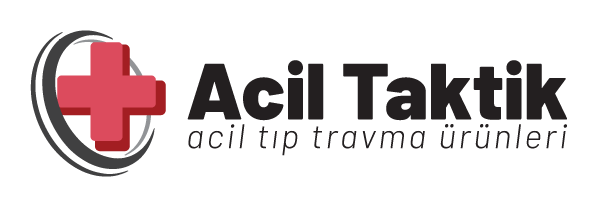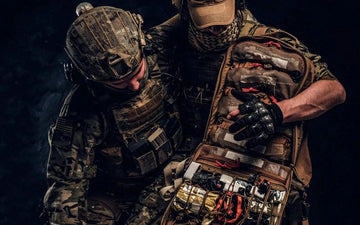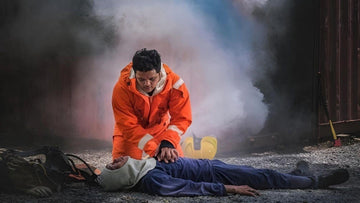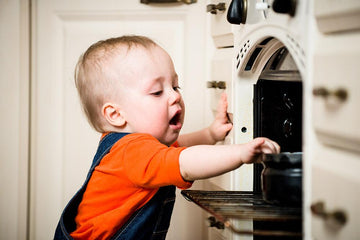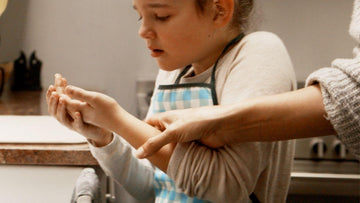
Cooking is the leading cause of reported house fires and burn injuries. However, the number of fire-related cooking burns is much smaller than the number of non-fire-related cooking burns. Non-fire cooking burns are burns caused by contact with dry and wet heat. Dry heat is, for example, a hot hob or hot cooking vessel. Wet heat is, for example, hot cooking liquids, hot food and vapour that can cause scalding.
HOT WATER BURNS LIKE FIRE

Hot water can burn the skin at temperatures much lower than the boiling point of 100°C. Human exposure to hot water at 60°C (the temperature of most domestic water heaters) can cause a serious burn within three seconds. At 50°C (the recommended temperature for a water heater) a serious burn takes about 10 minutes. A tall thin cappuccino from your local coffee shop is usually served between 65°-76°C.
Most children aged 4 and under are hospitalised with scald burns (65%) or contact burns (20%) from hot water, tea, coffee and steam. Hot tap water burns cause more deaths and hospitalisations than burns from other hot liquids. All contact burns in children are preventable. The following advice can help reduce the chances of your child having a serious accident.
ADOPT SAFE HABITS AT HOME
- It's best to keep your toddler away from the kitchen, kettles, pots and hot oven lids - you can put a safety gate on the door to prevent them getting in.
- Use a kettle with a short or curved cord to prevent it from hanging over the edge of the work surface.
- When cooking, use the rings on the back of the hob and turn the pot handles backwards so your child can't grab them.
- Although tableware is not used for cooking, its surface can be very hot, as it is often filled with very hot food, soups or drinks.
- Maintain a "child-free zone" of at least 1 metre around the hob and areas where hot food/drinks are prepared/carried.
- Never hold a child while cooking, drinking a hot liquid or carrying hot food or liquids.
- Keep hot food and liquids away from young children - a hot drink can continue to scald even 20 minutes after it is made.
- Put down hot drinks before you hold your baby.
- After warming a bottle of milk, shake the bottle well and test the temperature of the milk by putting a few drops on the inside of your wrist before feeding - it should feel warm, not hot.
- Do not let your child drink a hot drink through a straw.
HOW TO TREAT A BURN
Burnshield is a sterile hydrogel used in the initial and emergency treatment of burns. It provides physical protection against infection and reduces trauma and skin damage. It is non-toxic and safe for use by children. Burnshield treats all types of burns:
- Fire
- Thermal
- Scalding
- Radiation
- Electricity
- Chemical
- Sunburn
BURNSHIELD PROPERTIES:
- Sterile
- Water based
- Non-toxic
- Non-irritating
- Safe for use in children
- Safe for use in facial burns
- Not sticky
- Minimizes trauma and skin damage
- Helps moist wound healing
- Cools and soothes the burn
This article is edited from it's original on Burnshield.com. For the original article [Non-fire Cooking Burns]
